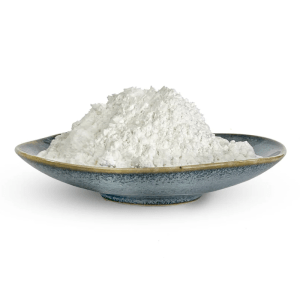
# Starch Sugar: Production, Applications, and Market Trends
## Introduction to Starch Sugar
Starch sugar, also known as glucose syrup or corn syrup, is a sweetener derived from starch through enzymatic or acid hydrolysis. It is widely used in the food and beverage industry due to its functional properties and cost-effectiveness compared to other sweeteners.
## Production Process of Starch Sugar
The production of starch sugar involves several key steps:
1. Starch Extraction
The process begins with the extraction of starch from raw materials such as corn, wheat, potatoes, or cassava. The starch is separated from other components like protein and fiber.
2. Liquefaction
The extracted starch is mixed with water and treated with alpha-amylase enzymes at high temperatures (90-110°C) to break down the starch molecules into shorter dextrin chains.
3. Saccharification
During this stage, the liquefied starch is further broken down into simpler sugars using glucoamylase enzymes. The temperature is lowered to 55-60°C, and the process continues until the desired sugar composition is achieved.
4. Purification
The resulting syrup undergoes filtration and ion exchange processes to remove impurities and achieve the desired clarity and color.
5. Concentration
The purified syrup is concentrated through evaporation to reach the desired solids content, typically between 70-80%.
## Types of Starch Sugar
Starch sugars can be classified based on their dextrose equivalent (DE) value, which indicates the degree of hydrolysis:
- Glucose syrup (20-50 DE): Contains a mixture of glucose, maltose, and higher saccharides
- High maltose syrup (50-60 DE): Rich in maltose with minimal glucose content
- High fructose corn syrup (42-55% fructose): Produced by enzymatic conversion of glucose to fructose
- Maltodextrins (10-20 DE): Contain mostly higher saccharides with minimal sweetness
## Applications of Starch Sugar
Food Industry
Starch sugars are extensively used in:
- Confectionery products (candies, chocolates, chewing gum)
- Baked goods (improves texture and shelf life)
- Beverages (as a sweetener and bodying agent)
- Dairy products (ice cream, yogurt)
- Canned fruits (prevents crystallization)
Non-Food Applications
Beyond food, starch sugars find use in:
- Pharmaceutical industry (as an excipient)
- Fermentation processes (for alcohol production)
- Cosmetics (as a humectant)
- Animal feed (energy source)
## Market Trends and Future Outlook
Current Market Scenario
The global starch sugar market has been growing steadily, driven by increasing demand from food and beverage manufacturers. Asia-Pacific currently dominates production and consumption, with China being the largest producer.
Key Growth Factors
Keyword: Starch Sugar
- Rising demand for processed foods
- Cost advantages over sucrose
- Functional properties in food applications
- Growing beverage